Theory of Constraints outlines path for improvement
A number of approaches to continuous improvement have been proffered. One of the most interesting of these is the Theory of Constraints (TOC).
"Our alliances should be understood as a means to expand our influence, not as a constraint on our power."
-Chuck Hagel, 1946-, United States Senator
A number of approaches to continuous improvement have been proffered. One of the most interesting of these is the Theory of Constraints (TOC). As a change management method, the TOC attempts to answer the questions of what should be changed and how to accomplish the change.
The TOC was developed by Eli Goldratt. It has been widely discussed and debated. One of the principal appeals of the TOC is its applicability to a wide variety of industries, including medical practice. Physicians will also find the TOC helpful when assessing other business interests in which they are involved.
The Theory of Constraints, as its name suggests, revolves around an organization's "constraints." A constraint is anything that works to prevent accomplishment of an organization's goal.
The typical goal of an organization is to maximize profit, i.e., a financial goal. However, clearly other goals may be pursued, including professional goals and community service goals.
Constraints can be physical or non-physical. An example of a physical constraint would be the size of your office. Commonly encountered non-physical constraints are burdensome policies and procedures that thwart progress. Another example of a non-physical constraint would be the negative attitude of key office staff. In practice, most constraints are self-created rather than imposed due to physical limitations. Sometimes, the constraint may simply be inertia, or the reluctance to modify the status quo.
A simplified version of the TOC will be presented here. The so-called Focusing Steps in the TOC are (1) identify the constraints of a system, (2) decide how to exploit the system's constraints, (3) subordinate everything to the decision in step 2, (4) elevate the system's constraints, and (5) once a constraint is broken, go back to step 1. The above steps imply that it is counterproductive to flood a system with resources in excess of the level the constraints will allow.
The Focusing Steps are easy to understand when applied to a production system. In a production system, a constraint is the bottleneck. The bottleneck must be identified, because no matter how quickly the other resources can be applied, the system cannot move faster than the bottleneck will accommodate.
Newsletter
Don’t miss out—get Ophthalmology Times updates on the latest clinical advancements and expert interviews, straight to your inbox.

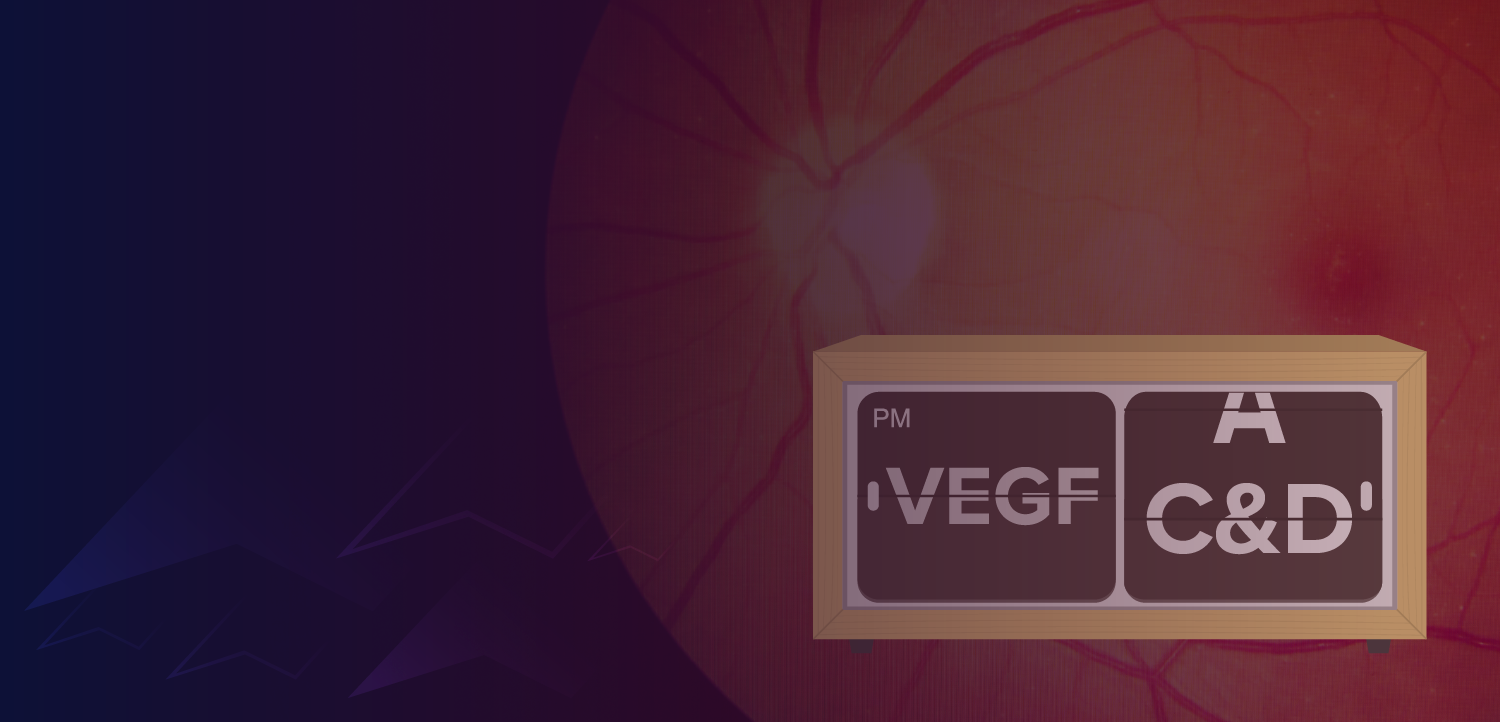
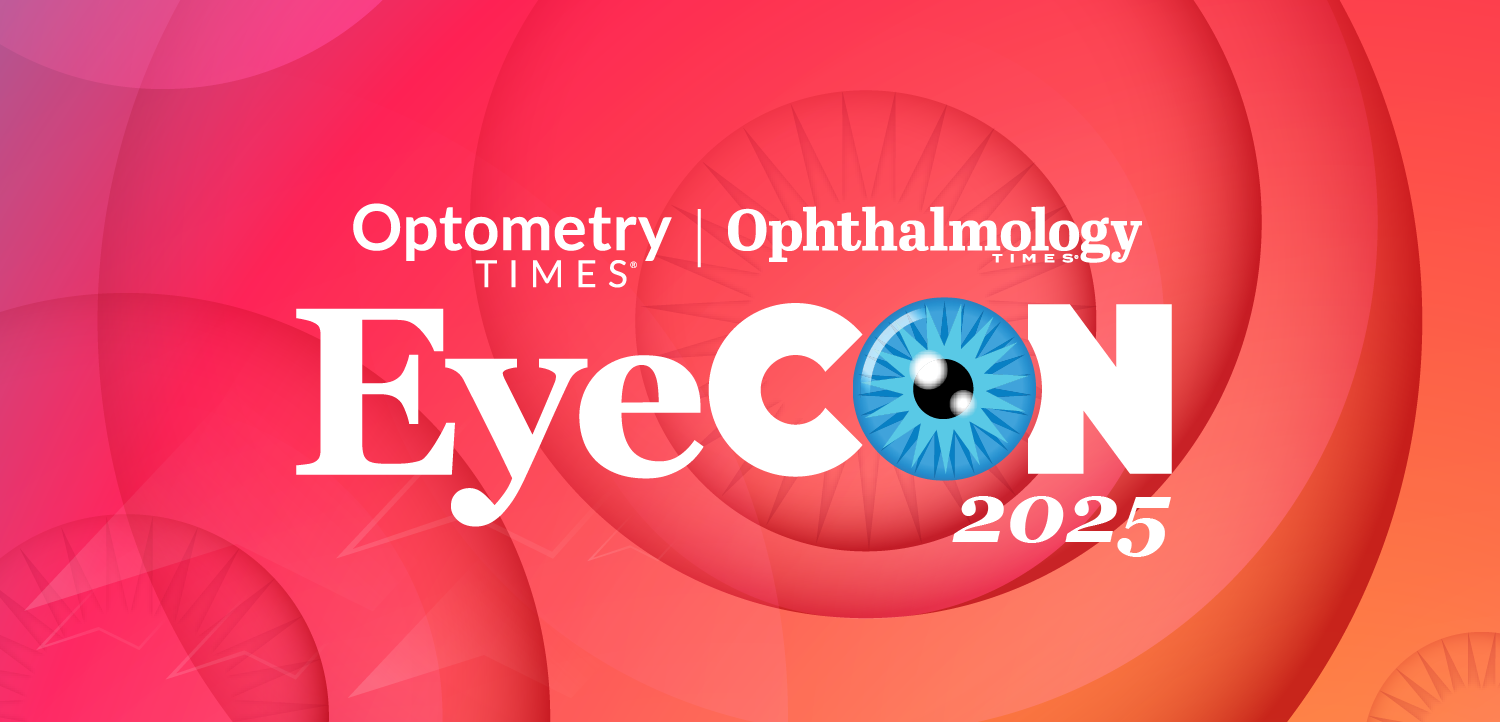


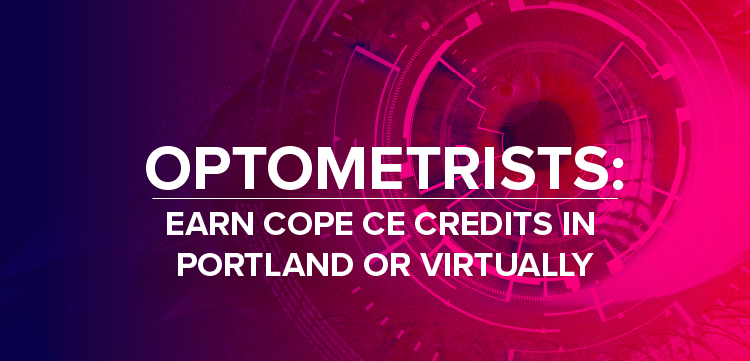
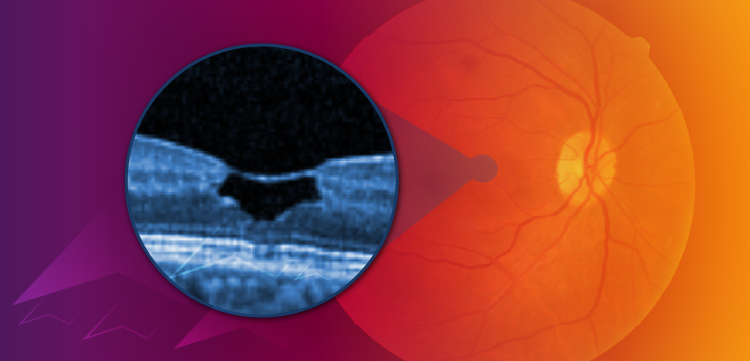

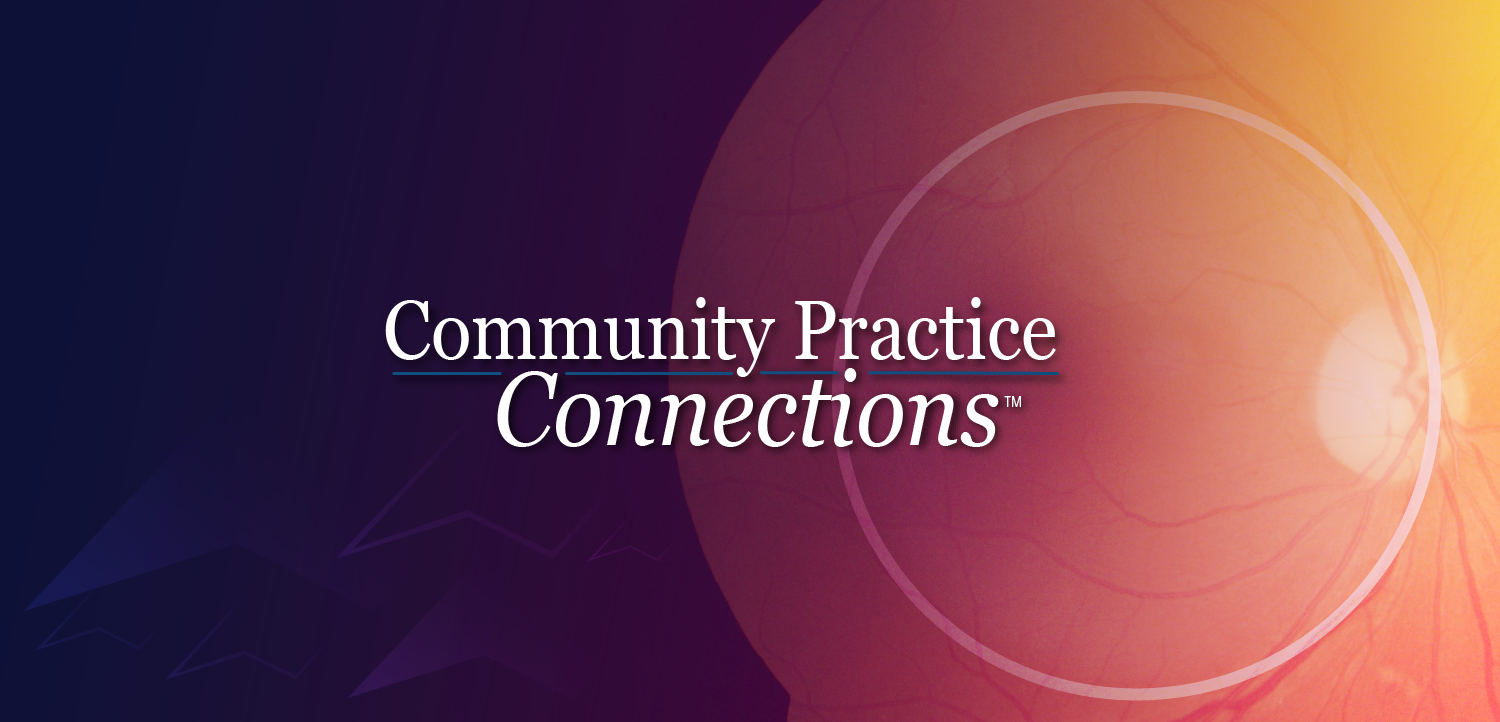
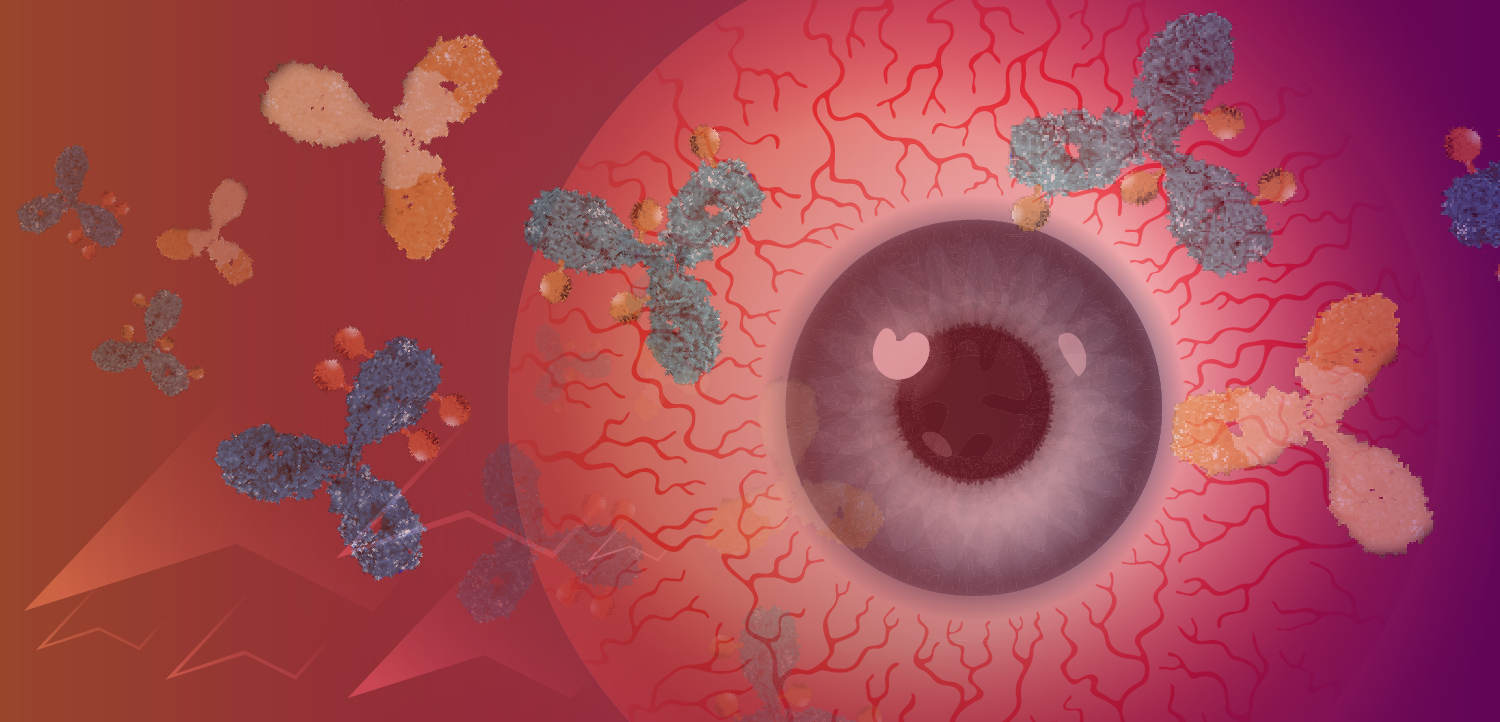








































.png)


